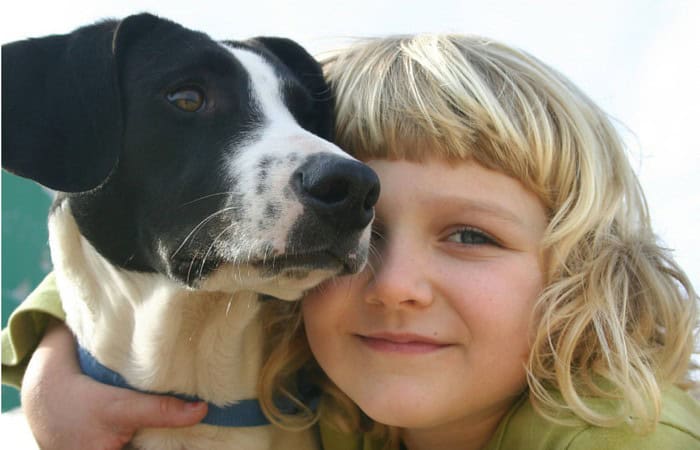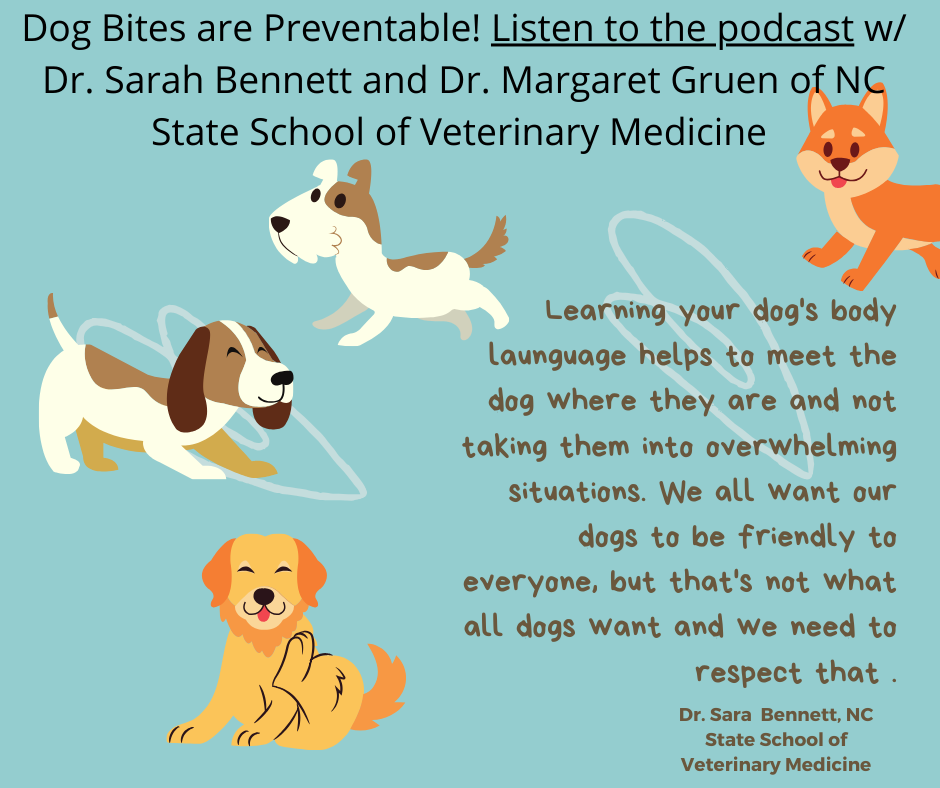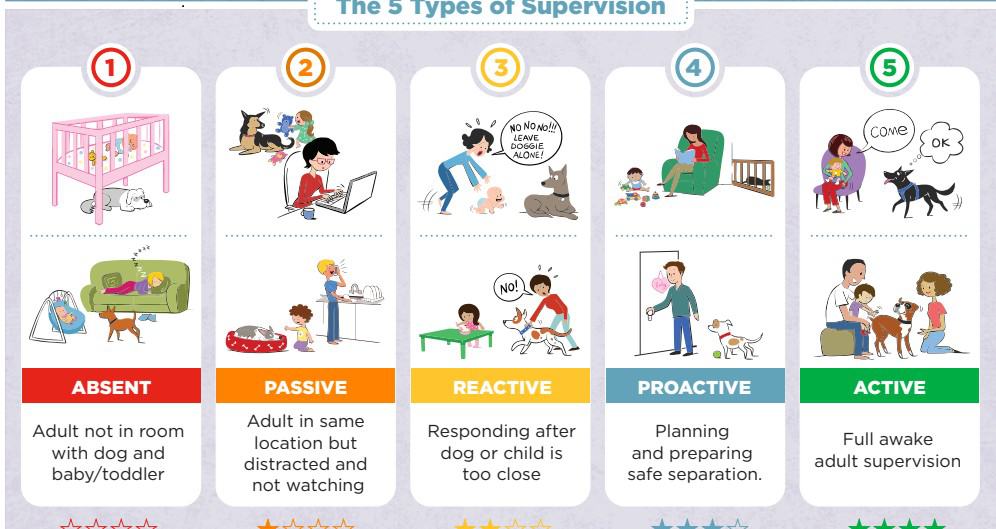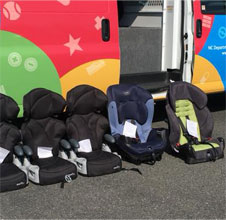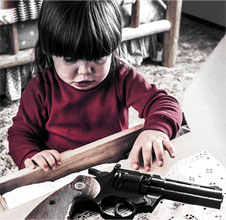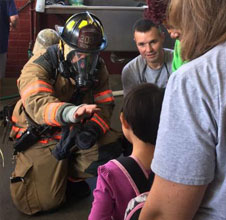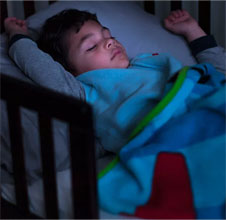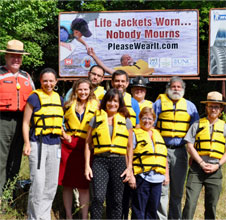Dog Safety & Bite Prevention
Dogs are known as man's best friend, and for good reason. They are lovable companions who can bring joy and comfort to our lives. However, even the most lovable dog can cause an injury if provoked. Young children and even adults at times can behave in ways that provoke a dog's attack without meaning to. We see far too many preventable dog bites at UNC Trauma Center. If you have children at home and dogs please review these tips and resources for EVERYONE's safety.
Dog Bite Prevention Tips:
Most bites are from a dog that the person knows from, a friend, a neighbor or even his or her own pet. Talk with your kids about the safe way to act around dogs to stop possible bites from happening. Here are some tips:
- Kids should not go near, touch or play with any dog who is sleeping, eating, chewing on a toy or bone, or caring for puppies. Animals are more likely to bite if they’re startled, scared, or caring for their young.
- Kids should never go near a barking, growling, or snarling dog.
- Kids should not pet dogs that they don’t know without asking the dog’s owner first. If the owner says it is okay, the child should first let the dog sniff their closed hand. Then, they should pet the dogs shoulder or chest and avoid the top of the head.
- Kids should not try to pet dogs who are a behind a fence or in a car. Dogs try to protect their space and home.
- If a child sees a dog off of their leash, they should not go near the dog and tell an adult right away.
- If a loose dog comes near a child, they should not run or scream. Instead, they should not look the dog in the eyes and stand very still, until the dog moves away. Once the dog loses interest, the child can slowly back away.
- If a child falls down or is pushed to the ground by a dog, they should curl up in a ball with their knees tucked into their stomach, and fingers clasped behind their neck. This will protect important areas. If a child stays still and quiet, the dog will most likely just sniff them and go away.
- Kids should never try to outrun a dog. If a dog does attack a child, the child should give the dog their jacket, bag, bike or anything the dog can grab onto or that can be put between the child and the dog.
*Adapted from the American Society for Prevention of Cruelty to Animals
Other Categories
For More information, please don’t hesitate to inquire:
101 Manning Dr., Chapel Hill, North Carolinatarheeltrauma@unchealth.unc.edu

